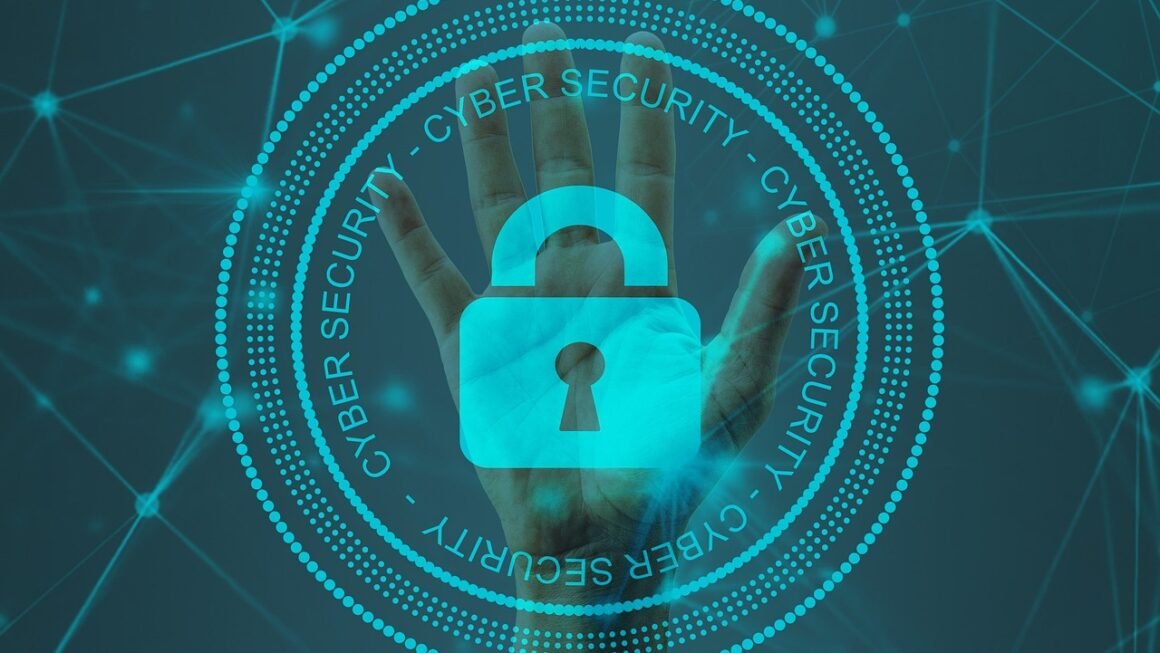In today’s increasingly complex and interconnected digital landscape, traditional security models, often based on the assumption of trust within the network perimeter, are proving insufficient. The rise of cloud computing, remote work, and sophisticated cyber threats necessitates a more robust and adaptable approach. Enter Zero Trust Architecture: a security paradigm that operates on the principle of “never trust, always verify.” This blog post delves into the core principles, benefits, and practical implementation of zero trust, providing a comprehensive understanding for businesses seeking to enhance their cybersecurity posture.
What is Zero Trust Architecture?
Zero Trust Architecture (ZTA) is a security framework that eliminates inherent trust from an organization’s network. It mandates that every user, device, and application, whether inside or outside the traditional network perimeter, must be authenticated, authorized, and continuously validated before being granted access to resources and data. Unlike traditional models that operate under the assumption that anything inside the network is safe, Zero Trust assumes that a breach is inevitable or has already occurred.
Core Principles of Zero Trust
- Never Trust, Always Verify: This is the foundational principle. Every access request is treated as a potential threat and requires strict verification.
- Least Privilege Access: Users are granted only the minimum level of access necessary to perform their job functions. This limits the potential damage from compromised accounts.
- Assume Breach: The architecture is designed with the assumption that a breach has already occurred. This proactive approach allows for faster detection and containment of threats.
- Microsegmentation: Dividing the network into smaller, isolated segments. This limits the “blast radius” of a potential breach and prevents attackers from moving laterally across the network.
- Continuous Monitoring and Validation: Constantly monitoring user activity, device health, and application behavior to detect and respond to anomalies.
How Zero Trust Differs from Traditional Security
Traditional security models rely heavily on perimeter-based security, creating a secure “inside” and an insecure “outside.” Think of a castle with strong walls and a heavily guarded gate. Once inside, access is often relatively unrestricted. Zero Trust, on the other hand, treats every user and device as if they are on the open internet, regardless of their location. It’s like requiring identification and security checks at every door inside the castle. This eliminates the “trust by default” assumption inherent in traditional models. For example, a compromised employee laptop on the corporate network could gain access to sensitive data in a traditional model, while Zero Trust would require continuous authentication and authorization, limiting the attacker’s access even if they gained initial entry.
Benefits of Implementing Zero Trust
Adopting a Zero Trust Architecture offers numerous advantages for organizations of all sizes. It’s not just about security; it’s about improving business agility and reducing risk.
Enhanced Security Posture
- Reduced Attack Surface: Microsegmentation and least privilege access limit the potential attack surface. By restricting access and minimizing the spread of threats, you reduce the areas vulnerable to exploitation.
- Improved Threat Detection: Continuous monitoring and validation enable faster detection of suspicious activity. Anomalies in user behavior or unusual network traffic can trigger alerts, allowing security teams to respond quickly.
- Containment of Breaches: Even if a breach occurs, the impact is minimized due to microsegmentation. An attacker gaining access to one segment of the network won’t automatically have access to the entire network. According to a 2023 report by IBM, organizations with fully deployed zero trust strategies experienced breaches costing on average $1.5 million less than those without.
Increased Agility and Efficiency
- Secure Remote Access: Zero Trust enables secure access to resources from anywhere, supporting remote work and distributed teams. Employees can access the applications and data they need without compromising security, regardless of their location.
- Simplified Compliance: Zero Trust principles align with many regulatory compliance requirements, such as GDPR, HIPAA, and PCI DSS. Implementing ZTA can help organizations meet these requirements more efficiently.
- Improved User Experience: While seemingly counterintuitive, well-implemented Zero Trust can actually improve user experience by streamlining access processes and reducing friction for legitimate users. For example, contextual access controls can adapt security requirements based on user location, device, and other factors, minimizing unnecessary authentication prompts.
Implementing a Zero Trust Architecture
Implementing Zero Trust is not a one-size-fits-all solution. It’s a journey, not a destination, requiring a phased approach and careful planning.
Identify and Protect Critical Assets
- Data Discovery and Classification: Understand where your sensitive data resides and classify it based on its criticality. This helps prioritize protection efforts. For example, identify personally identifiable information (PII), financial records, and intellectual property.
- Asset Inventory: Maintain a comprehensive inventory of all devices, applications, and users accessing your network. This provides visibility into your attack surface.
- Establish Security Policies: Develop clear and comprehensive security policies that define access control rules, authentication requirements, and monitoring procedures.
Authentication and Authorization
- Multi-Factor Authentication (MFA): Enforce MFA for all users to verify their identity beyond a simple password. This adds an extra layer of security, making it much harder for attackers to gain access with stolen credentials.
- Privileged Access Management (PAM): Implement PAM solutions to control and monitor access to privileged accounts. These accounts have elevated privileges and can cause significant damage if compromised.
- Identity and Access Management (IAM): Use IAM systems to centrally manage user identities and access rights. IAM simplifies user onboarding and offboarding, and ensures that users have only the access they need.
Network Segmentation and Microsegmentation
- Divide the Network: Segment the network into smaller, isolated zones based on business functions or data types. For example, separate the finance department’s network from the marketing department’s network.
- Implement Microsegmentation: Further divide each segment into even smaller zones, limiting access based on specific application or data requirements. This provides granular control over network traffic and prevents lateral movement of attackers.
- Use Firewalls and Intrusion Detection Systems: Deploy firewalls and intrusion detection systems to monitor network traffic and detect malicious activity within each segment.
Continuous Monitoring and Validation
- Security Information and Event Management (SIEM): Implement a SIEM system to collect and analyze security logs from various sources. This provides a centralized view of security events and helps detect anomalies.
- User and Entity Behavior Analytics (UEBA): Use UEBA solutions to monitor user and device behavior and identify suspicious patterns. UEBA can detect compromised accounts or insider threats.
- Vulnerability Scanning and Penetration Testing: Regularly scan for vulnerabilities and conduct penetration testing to identify weaknesses in your security posture. This helps proactively identify and address potential security flaws.
Common Challenges in Zero Trust Implementation
While the benefits of Zero Trust are significant, the implementation process can be complex and challenging.
Organizational Culture and Buy-in
- Resistance to Change: Employees may resist the changes required to implement Zero Trust, such as mandatory MFA and stricter access controls. It’s crucial to educate employees about the benefits of Zero Trust and address their concerns.
- Executive Sponsorship: Successful Zero Trust implementation requires strong support from executive leadership. They need to champion the initiative and provide the necessary resources.
Complexity and Integration
- Legacy Systems: Integrating Zero Trust with legacy systems can be challenging. Some older systems may not support modern authentication and authorization methods. You might need to consider upgrading or replacing these systems.
- Tool Integration: Integrating different security tools and technologies can be complex. Ensure that your tools are compatible and can share data effectively.
Resource Constraints
- Skills Gap: Implementing and managing Zero Trust requires specialized skills. You may need to hire or train security professionals with expertise in Zero Trust principles and technologies.
- Budget Limitations: Zero Trust implementation can be expensive. You need to carefully plan your budget and prioritize your investments based on your organization’s risk profile and business needs. A phased approach is highly recommended to manage costs effectively.
Conclusion
Zero Trust Architecture represents a fundamental shift in cybersecurity thinking. By eliminating implicit trust and continuously verifying every user, device, and application, organizations can significantly enhance their security posture and reduce their risk of breaches. While the implementation process can be challenging, the benefits of increased security, agility, and compliance make Zero Trust a critical investment for any organization operating in today’s threat landscape. Start by assessing your current security posture, identifying your critical assets, and developing a phased implementation plan. Embrace the “never trust, always verify” mindset and embark on your journey towards a more secure and resilient future.



